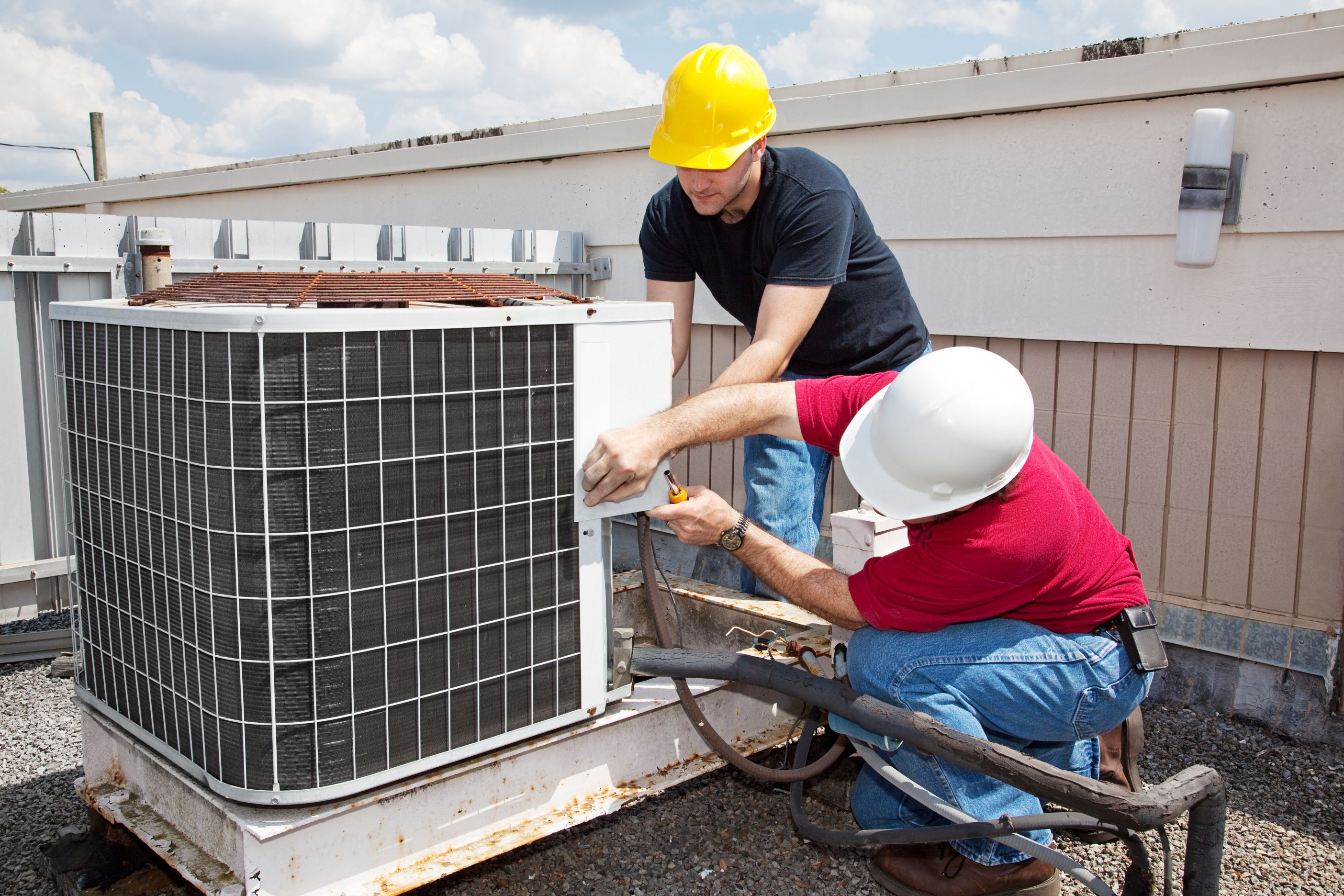What is the Best Way to Heat a Commercial Property or Home
Want to know the Best Way to Heat a Commercial Property or Home? Is there a better and more efficient way that your doing now? Even before you begin your search for the HVAC contractor, you need to know your options. What kind of heating unit do you want in your home? Are you going to stay with electric and switch to gas? Or are you going to switch from gas to electric? Or are you going to stay with what you have?
Listed below are 7 different ways you can heat your home or commercial property.
When the cold weather hits, heating your home or commercial property is a priority on your mind. Here are a number of different methods to keep warm and comfortable during the cold weather season.
1. Central Warm Air Furnace
The majority of households living in colder regions depend on a central furnace to provide heat. This furniture uses heated air which blows through ducts to deliver warm air throughout the home. The home strategically has air vents in each room. The Central Warm Air Furnace can be powered by electricity, natural gas, or fuel oil.
2. Steam or Hot Water System
Steam is a highly efficient method of transferring heat. It has a low mass density and is not limited to temperatures. It is fast and has great control. Steam may be efficient, however hot water systems/boilers are still more efficient than steam boilers.
3. Heat Pump
Heat Pumps transfers heat generated by thermal energy in the opposite direction of where the heat is transferred. It absorbs heat from a cold space and releases it to a warmer location. A small amount of external power is needed to accomplish this process.
4. Floor, Wall, or Pipeless Furnace
This type of furnace is a ductless combustor or resistance unit with an enclosed chamber where the fuel is burned. Then the electrical-resistance heat is generated to warm the rooms of a building. This type of furnace is located beneath the floor. The radiated heat delivers heated air to the room immediately above or to the room on each side.
5. Heating Stove
Heating stoves burn a variety of different fuel types such as gas, wood, or pellet fuel. The solid cast iron or steel design offers a comfortable and old-time traditional feel to the room. The heating stove is connected to a suitable chimney or flue with the heat traveling through ventilating stove pipes. Once the fuel is ignited, hot combustible gases fill the pipes.
6. Room Heater
Small space heaters are typically used to supplement inadequate heating. Radiant room heaters emit infrared radiation that directly heats objects and people within their line of sight. The heat is directly felt by the occupant and the immediate surroundings.
7. Fireplace
Fireplaces help to combat high heating costs and allow you to turn down the central thermostat and zone heat the areas where you spend the most time. Some homeowners can reduce heating costs by 20-40 percent.
Electric vs Gas Heating
Gas Heating
If you live in a colder climate and depend on your furnace for several months of the year for indoor warmth, gas heat is the way to go.
- Less Expensive to operate
- Faster Heating
- More expensive to install
- The unit has a shorter lifespan
- More Maintenance Requirements
Electric Heating
Electric heat is the best option if you live in a warmer climate or an area where gas heat isn’t an option.
- Lower Upfront Installation Cost
- Flexible installation so minimal disruption of service
- Easy Maintenance for the Unit
- Higher lifetime costs
- Longer to generate heat
So it is completely up to you to decide, Gas or Electric?
Business News
Popular Posts
- 50 positive affirmations to be read every day
- Mind Balance - for those who dare to redefine their limits
- Three Sentences from a Billionaire That Changed My Life and Made Me Millions
- Mind Balance - A Comprehensive Solution for Navigating Modern Mental Health Challenges
- Buddhist Reflections - Navigating the Path of Self-Awareness and Enlightenment
- The Imperative of Unity - Why SmartGuy and Coexistence is Key to Global Survival
- Bridging Divides - Understanding Barriers to Unity and Happiness in World Religions
- How Mind Balance Can Improve the Mindsets of Employees
- Interfaith Insights by 1WorldPeace - The Top 100 Universal Beliefs in Global Spirituality
- Balancing Act - How Understanding Personalities Could Unlock World Peace
- A Tapestry of Faiths - Exploring the Common Threads in World Religions
- Fostering Harmony Among Christianity Islam Buddhism Hinduism and Judaism
- Exploring World Religions - A Colorful Journey for Kids
- Understanding Judaism - A Comprehensive Overview of Beliefs Practices and Cultural Impact
- Discovering Hinduism - A Deep Dive into Its Traditions Texts and Teachings
- Understanding Buddhism - Insights into Its Teachings Meditation and Cultural Impact
- The Christian Journey - Understanding the Foundations Traditions and Global Impact
- How Mind Balance Empowers You Against Misinformation
- Clearing Mental Plaque: The Path to Enhanced Communication and Divine Connection
- Finding Strength and Safety in Scripture - 25 New Testament Passages to Combat Spiritual Attacks
